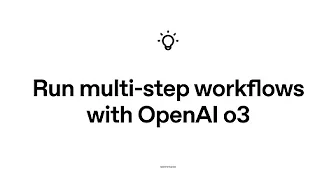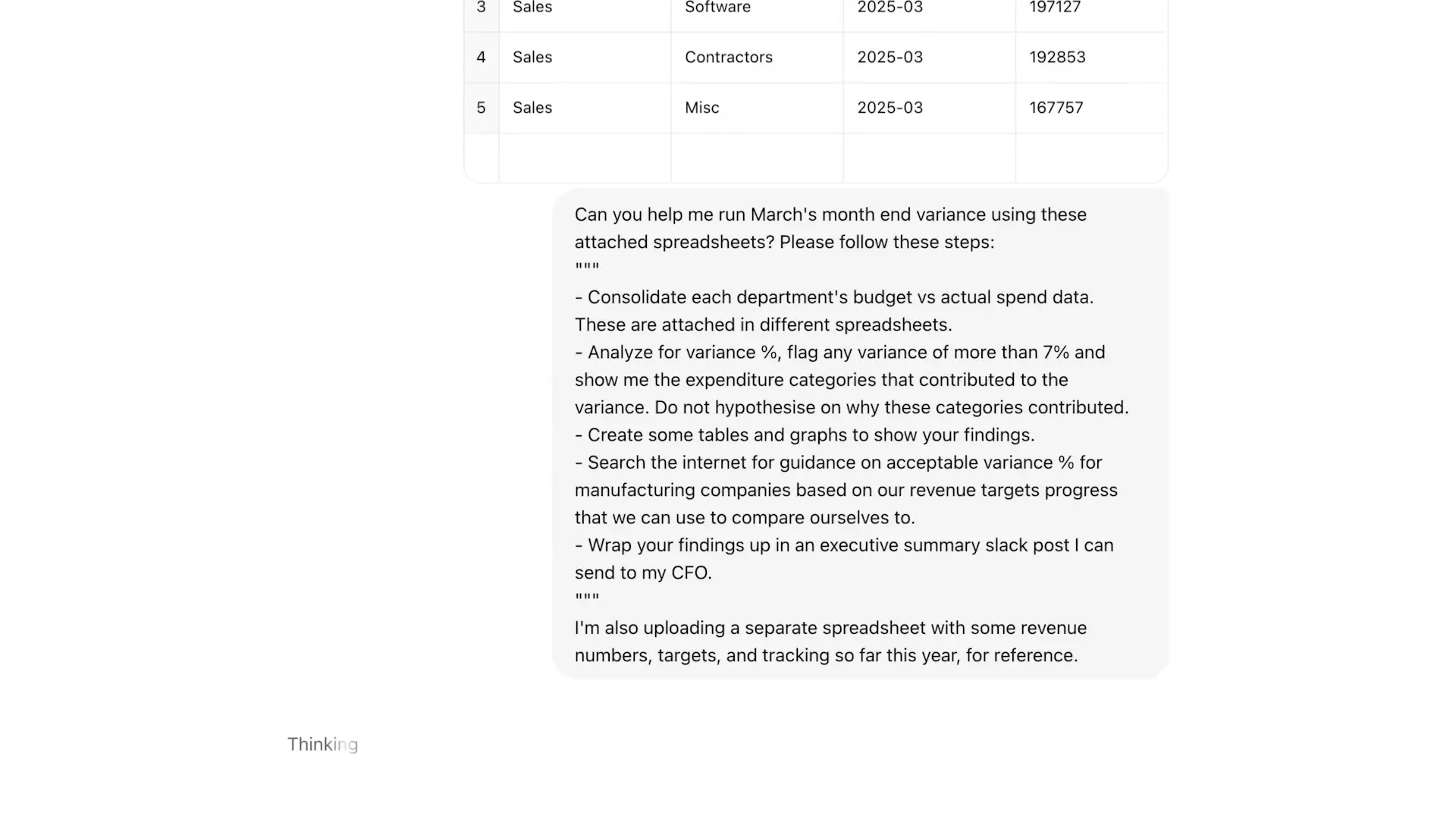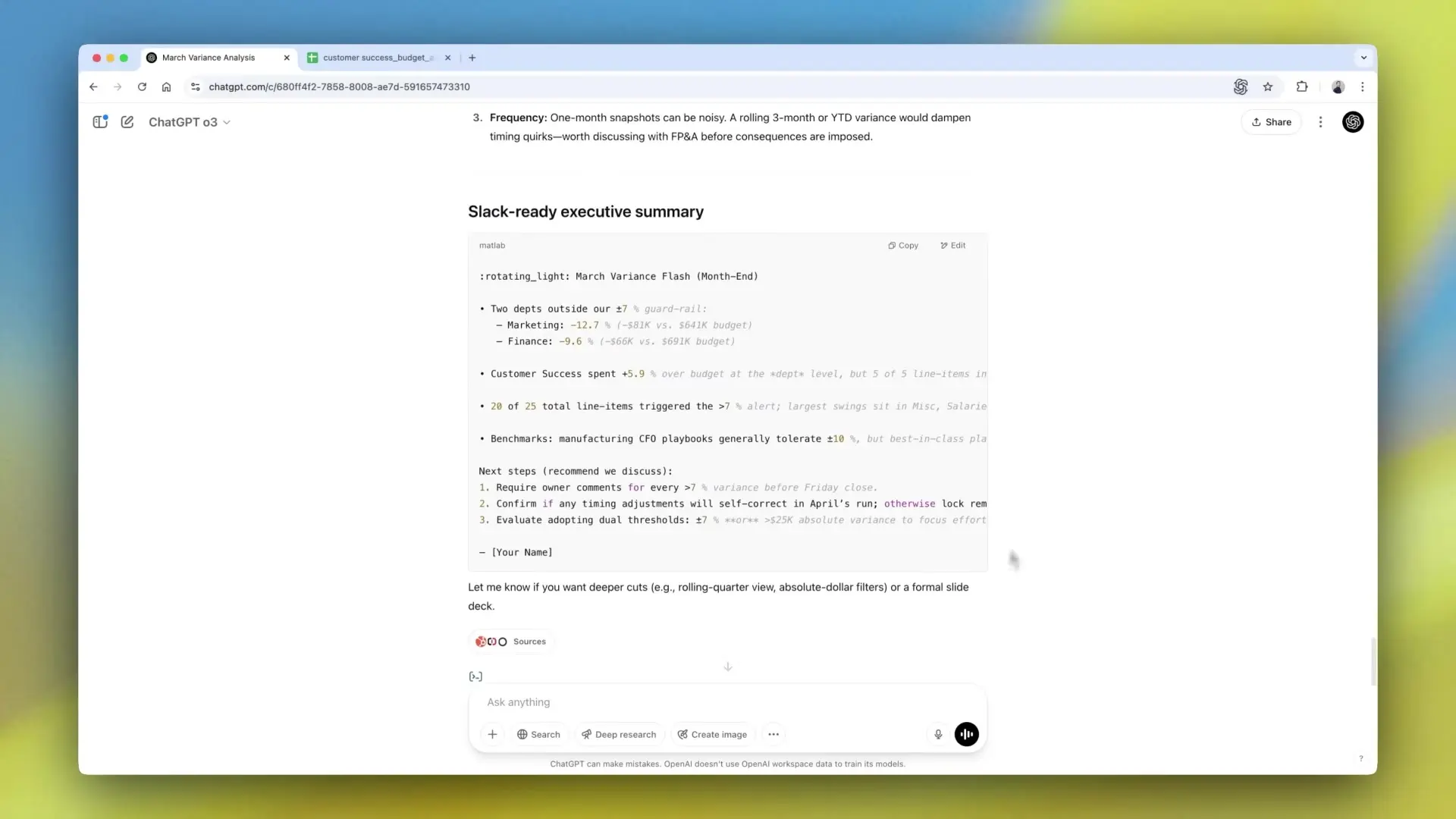
The landscape of business process automation is undergoing a dramatic transformation with OpenAI's latest innovation. The O3 model represents a significant leap forward in AI capabilities, combining sophisticated multi-step reasoning with agentive tool usage to handle complex workflows that previously required extensive human intervention.
Understanding OpenAI O3's Advanced Capabilities
What makes OpenAI's O3 model truly revolutionary is its ability to seamlessly integrate multi-step reasoning with agentive tool usage. Unlike previous iterations, O3 can independently determine which tools to use at each stage of a complex workflow, making decisions based on the task requirements rather than explicit human instructions.
This capability represents a significant advancement in OpenAI's own model development journey, enabling more sophisticated automations that can handle nuanced business processes end-to-end. For organizations looking to implement power automate OpenAI integrations, O3 offers unprecedented possibilities to streamline operations.

Real-World Application: Automating Month-End Financial Variance Analysis
To demonstrate O3's capabilities, consider a common business scenario: month-end financial variance reporting. Traditionally, this process involves multiple time-consuming steps:
- Harmonizing data from multiple department spreadsheets
- Analyzing the data to identify significant variances (e.g., over 7%)
- Creating visualizations to represent the findings
- Researching industry benchmarks for comparison
- Drafting an executive summary for leadership
When performed manually, this process can take hours or even days of specialized work. With OpenAI workflow automation powered by O3, the entire process can be completed in minutes with minimal human input.
Step-by-Step Workflow Automation with O3
When presented with multiple CSV files containing financial data from different departments, O3 autonomously executes a complex workflow:
- Analyzes CSV files containing budgeted vs. actual spend data
- Writes and executes Python code to process the financial information
- Identifies variances exceeding the specified 7% threshold
- Searches the web for relevant industry benchmarks from credible sources
- Generates data visualizations to represent the findings
- Creates a comprehensive executive summary with actionable insights
- Formats the information for appropriate channels (e.g., Slack)
The remarkable aspect is that O3 determines which tools to use at each stage without explicit instructions. It seamlessly transitions between data analysis, Python automation using OpenAI API, web research, visualization, and communication tasks.
# Example of Python code O3 might generate for variance analysis
import pandas as pd
import matplotlib.pyplot as plt
# Load and process financial data
df = pd.read_csv('department_data.csv')
# Calculate variance percentage
df['variance_pct'] = ((df['actual'] - df['budget']) / df['budget']) * 100
# Flag significant variances
significant_variances = df[abs(df['variance_pct']) > 7]
# Generate visualization
plt.figure(figsize=(12, 8))
plt.bar(significant_variances['department'], significant_variances['variance_pct'])
plt.title('Departments with Variance > 7%')
plt.xlabel('Department')
plt.ylabel('Variance %')
plt.xticks(rotation=45)
plt.tight_layout()
plt.savefig('variance_analysis.png')
Business Impact of OpenAI Automations
The implications for businesses adopting OpenAI workflow solutions are profound. Tasks that previously required specialized financial analysts, data scientists, and communication professionals can now be automated with remarkable accuracy and efficiency.
- Time Efficiency: Processes that took hours or days can be completed in minutes
- Resource Optimization: Skilled professionals can focus on strategic work rather than routine analysis
- Consistency: Standardized methodology ensures consistent reporting across periods
- Comprehensive Analysis: Integration of multiple data sources and benchmarks provides richer insights
- Accessible Expertise: Organizations without specialized data science teams can leverage sophisticated analysis
Implementing OpenAI Workflow Automation in Your Organization
For organizations looking to implement similar workflow automations, several approaches are available:
- Direct API Integration: Leverage the OpenAI API to build custom workflow solutions tailored to your specific business processes
- Power Automate OpenAI: Utilize Microsoft Power Automate to create low-code/no-code workflow automations integrated with OpenAI capabilities
- OpenAI Startup Ecosystem: Partner with specialized startups building industry-specific solutions on top of OpenAI's technology
- Internal AI Centers of Excellence: Develop in-house expertise to create and maintain AI-powered workflow automations
The key to successful implementation lies in identifying high-value, repetitive workflows that involve multiple discrete steps and tools. Financial reporting, market analysis, customer support triage, and content generation are prime candidates for OpenAI automations.
Future Implications for Business Process Automation
O3 represents just the beginning of a new era in business process automation. As OpenAI's own model development continues to advance, we can expect even more sophisticated capabilities:
- Enhanced reasoning across broader domains of expertise
- More sophisticated tool usage with specialized business applications
- Improved contextual understanding for industry-specific workflows
- Greater autonomy in complex decision-making processes
- Seamless integration with existing enterprise systems and databases
Organizations that begin implementing OpenAI workflow solutions today will be well-positioned to leverage these advancements as they emerge, creating sustainable competitive advantages through AI-powered operational excellence.
Conclusion: The Transformative Potential of AI Workflow Automation
OpenAI's O3 model represents a significant milestone in the journey toward truly intelligent business process automation. By combining multi-step reasoning with agentive tool usage, it enables organizations to automate complex workflows that previously required significant human expertise and intervention.
For forward-thinking organizations, the opportunity is clear: leverage OpenAI automations to transform time-consuming, multi-step processes into streamlined workflows that deliver faster insights and free up valuable human resources for more strategic work. Whether through power automate OpenAI integrations or custom solutions built on the OpenAI API, the path to operational excellence increasingly runs through AI-powered workflow automation.
Let's Watch!
Revolutionize Financial Reporting with OpenAI O3's Workflow Automation
Ready to enhance your neural network?
Access our quantum knowledge cores and upgrade your programming abilities.
Initialize Training Sequence